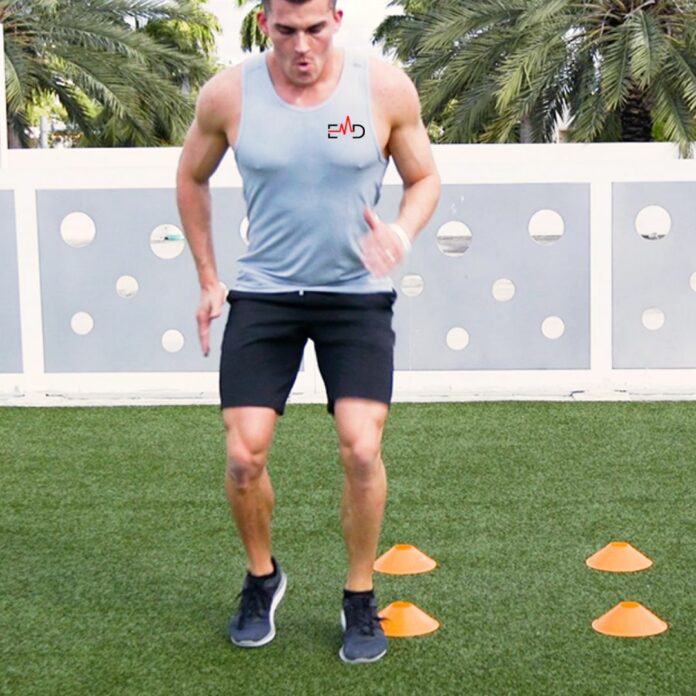Table of Contents
Exercise Daily – Agility is a key component of athletic performance that enables athletes to move quickly, change direction, and react swiftly. Whether you’re an aspiring athlete or a seasoned sports enthusiast, incorporating agility exercises into your training routine can significantly enhance your overall performance. Let’s see simple agility exercises that can naturally boost your athletic abilities, allowing you to excel in your chosen sport.
The Importance of Agility in Athletic Performance
Agility plays a vital role in various sports, including basketball, soccer, tennis, and many others. It involves a combination of speed, coordination, balance, and reflexes. Athletes with excellent agility can quickly evade opponents, make sharp turns, and react promptly to changing game situations. By improving agility, athletes can gain a competitive edge, outmaneuver their opponents, and reduce the risk of injuries.
Benefits of Agility Training
Agility training offers numerous benefits to athletes, both physically and mentally. Here are some key advantages:
- Enhanced Speed: Agility exercises improve an athlete’s acceleration and deceleration abilities, leading to faster sprinting speeds.
- Increased Flexibility: Agility training helps improve joint mobility, allowing athletes to move more freely and avoid muscle strains.
- Improved Balance and Coordination: Agility exercises challenge the body’s balance and coordination, leading to better control over movements.
- Sharper Reflexes: Agility drills enhance an athlete’s reaction time, enabling quick responses to unexpected situations during games.
- Injury Prevention: By strengthening muscles, tendons, and ligaments, agility training reduces the risk of injuries, such as sprains and strains.
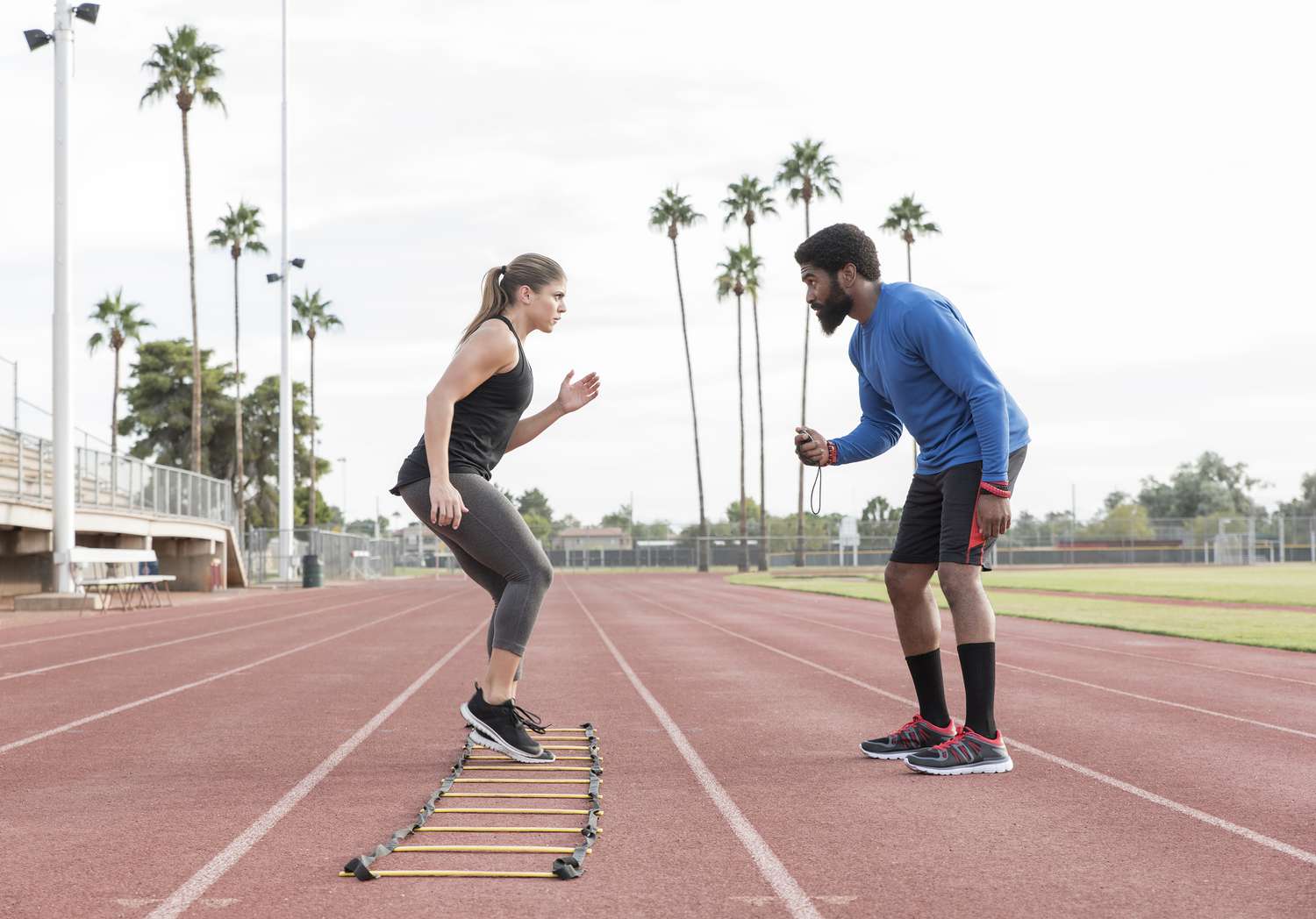
Warm-up Exercises for Agility Training
Before engaging in intense agility exercises, it’s essential to warm up your body properly. Here are a few warm-up exercises to prepare your muscles and joints:
- Jogging in Place: Perform light jogging while lifting your knees high for about 2-3 minutes.
- Arm Circles: Stand with your feet shoulder-width apart and extend your arms out to the sides. Make circular motions with your arms, gradually increasing the size of the circles.
- Leg Swings: Stand next to a wall or support and swing one leg forward and backward, gradually increasing the range of motion. Repeat with the other leg.
- Hip Circles: Stand with your hands on your hips and make circular motions with your hips, both clockwise and counterclockwise.
Cone Drills for Agility Enhancement
Cone drills are effective for improving agility and quickness. These exercises require minimal equipment and can be performed in various configurations. Here are some popular cone drills:
1. Lateral Shuffle Drill
- Set up two cones approximately 10-15 feet apart.
- Assume an athletic stance with your feet shoulder-width apart.
- Shuffle laterally from one cone to the other as quickly as possible, maintaining proper form.
- Repeat the drill for a set number of repetitions or a specific duration.

2. T-Drill
- Place three cones in the shape of a “T” with approximately 5-10 feet between each cone.
- Start at the base of the T and sprint forward to the middle cone.
- Shuffle laterally to the left cone and touch it with your hand.
- Shuffle laterally to the right cone and touch it with your hand.
- Shuffle back to the middle cone and then backpedal to the starting position.
- Repeat the drill, starting from the opposite side of the T.

3. Box Drill
- Position four cones to form a square or box shape, with approximately 10-15 feet between each cone.
- Start at one corner of the box.
- Sprint diagonally across to the opposite corner while maintaining control and proper form.
- Shuffle laterally to the adjacent corner.
- Backpedal to the starting corner.
- Repeat the drill, starting from a different corner of the box.
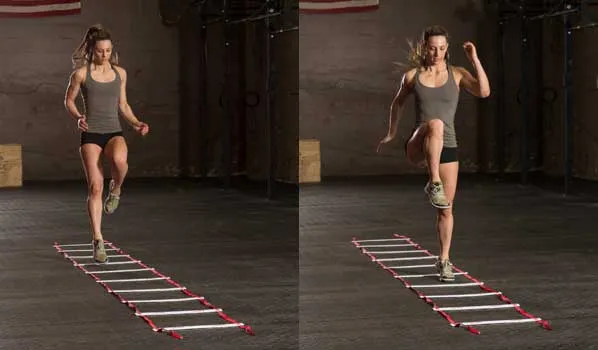
4. Zigzag Run
- Set up cones in a zigzag pattern, approximately 5-10 feet apart.
- Begin at the first cone and sprint diagonally to the second cone.
- Change direction quickly and sprint diagonally to the third cone.
- Continue this pattern, alternating directions, until you reach the end of the zigzag course.
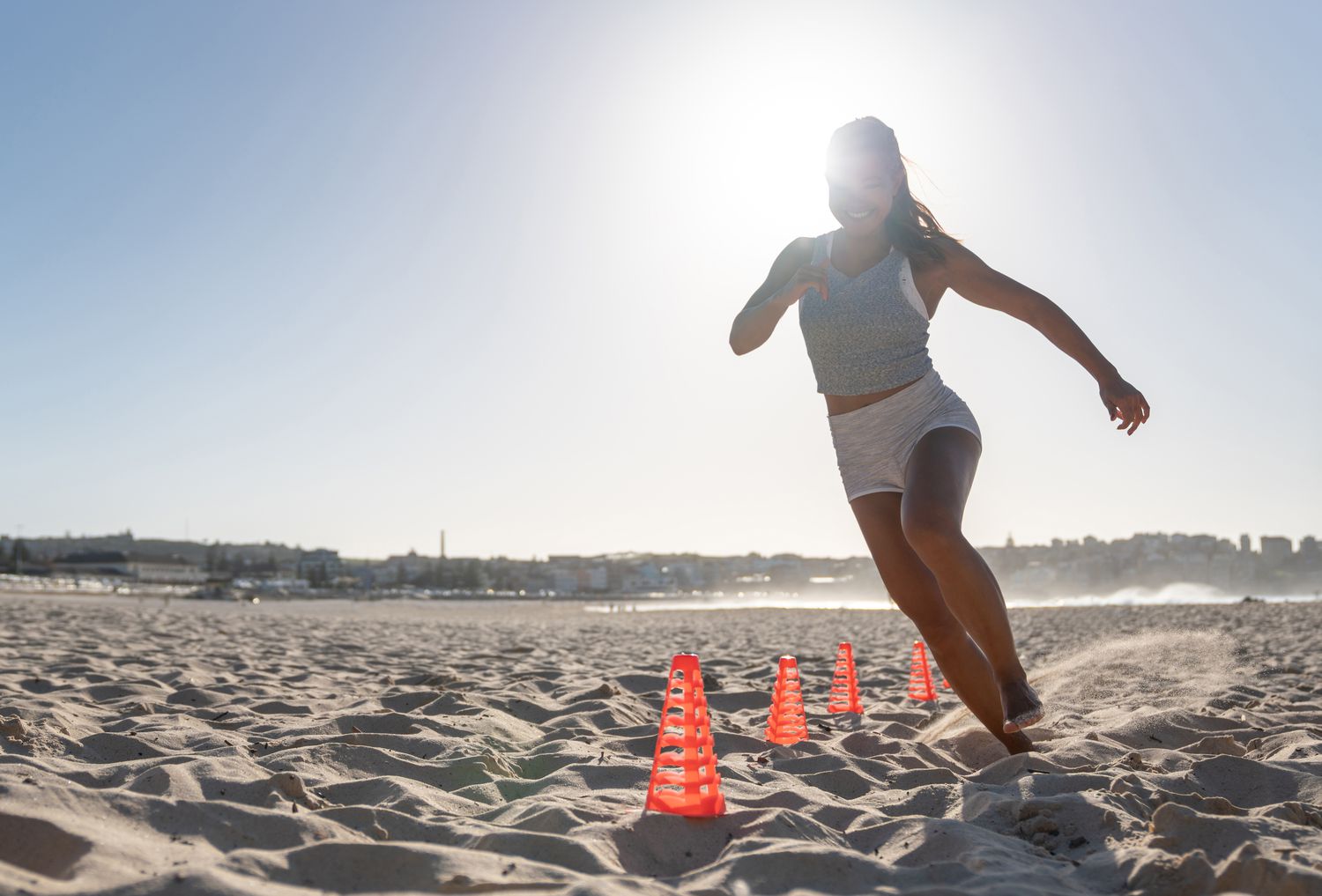
Hurdle Drills for Agility Enhancement
Hurdle drills help athletes improve their jumping ability, agility, and coordination. Here are a few hurdle exercises to incorporate into your training:
1. Single-Leg Hops
- Set up a series of hurdles in a straight line, spaced approximately 2-3 feet apart.
- Start with one foot slightly off the ground and the other foot planted firmly on the ground.
- Hop over each hurdle, landing on the same foot each time.
- Repeat the exercise for a set number of repetitions or a specific duration.
- Switch legs and repeat the drill.
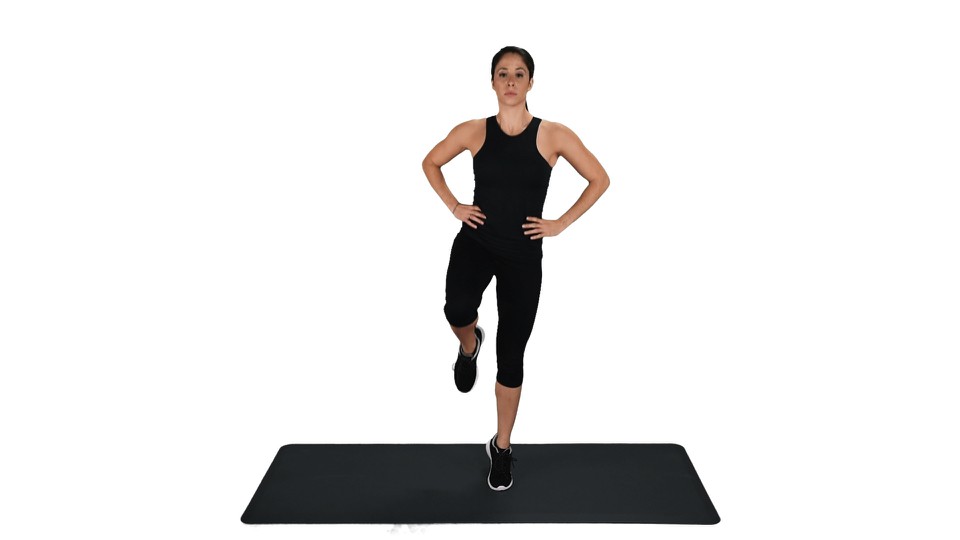
2. Lateral Hurdle Jumps
- Position a line of hurdles parallel to each other, with approximately 2-3 feet of spacing.
- Stand next to the hurdles, facing sideways.
- Jump laterally over each hurdle, landing softly on the opposite side.
- Continue jumping laterally over each hurdle until you reach the end of the line.
- Repeat the exercise in the opposite direction.

3. Forward Hurdle Jumps
- Set up a line of hurdles spaced approximately 2-3 feet apart.
- Stand facing the line of hurdles.
- Jump forward, clearing each hurdle with both feet together.
- Land softly on the other side of the hurdle.
- Repeat the drill for a set number of repetitions or a specific duration.

Speed Ladder Drills for Agility Enhancement
Speed ladder drills are excellent for improving footwork, agility, and coordination. Utilize a speed ladder to perform the following exercises:
1. In-Out Drill
- Stand facing the speed ladder with one foot inside each ladder square.
- Begin by stepping your right foot out to the right side of the ladder, then immediately bring your left foot in to the same square.
- Step your right foot into the next square, followed by your left foot.
- Continue this pattern, moving quickly through the ladder, until you reach the end.
- Reverse the direction and repeat the drill.

2. Side Shuffle Drill
- Stand sideways next to the speed ladder, with one foot inside each ladder square.
- Shuffle sideways through the ladder, moving one foot at a time.
- Focus on quick lateral movements, keeping your knees slightly bent and maintaining a low center of gravity.
- Shuffle to the end of the ladder and then shuffle back in the opposite direction.
- Repeat the drill for a set number of repetitions or a specific duration.
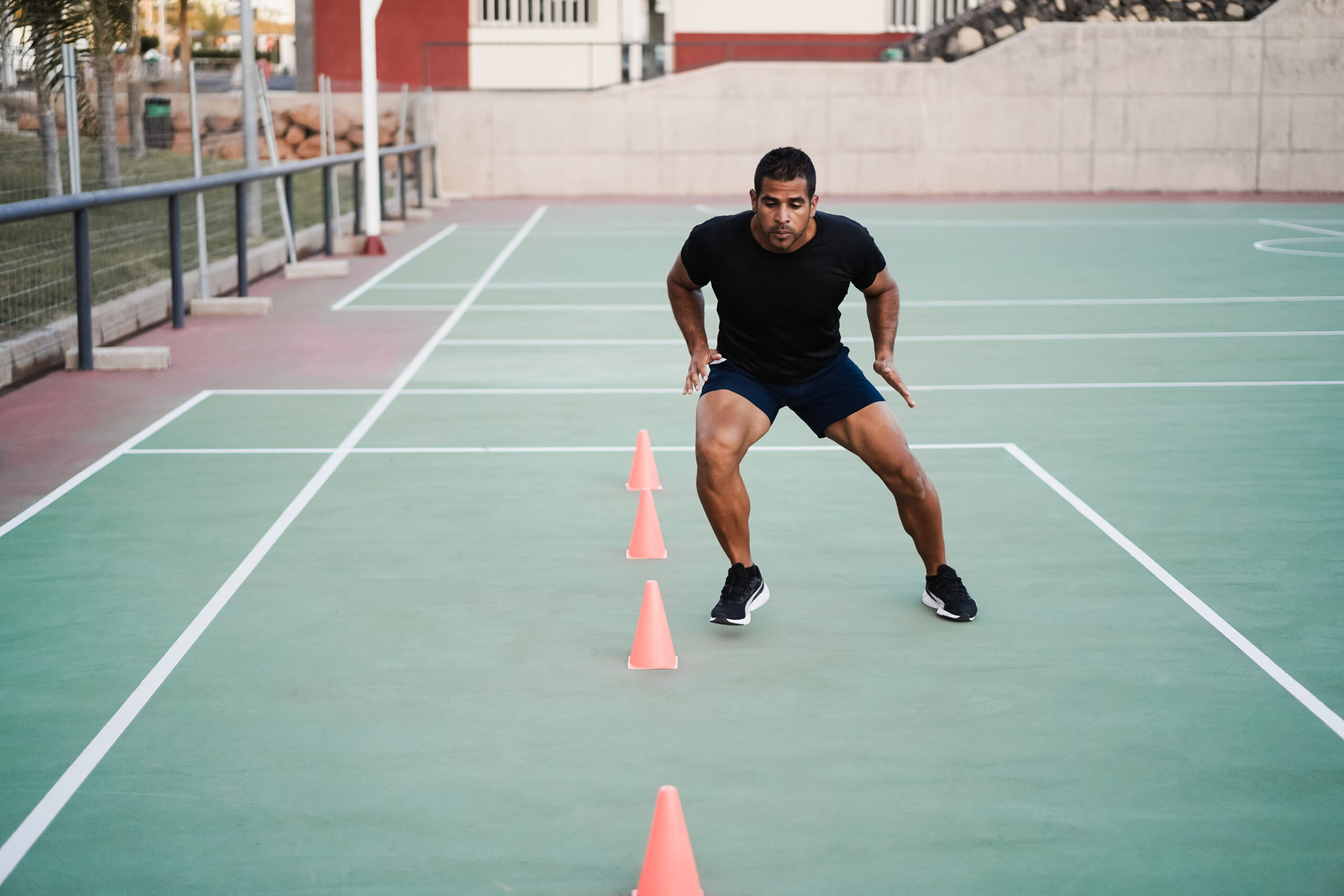
3. Ickey Shuffle
- Stand facing the speed ladder with one foot outside and to the left of the ladder.
- Step your left foot into the first ladder square, followed by your right foot.
- Quickly step your left foot back outside the ladder and to the left side, then step your right foot into the next square.
- Continue this pattern, moving quickly and alternating the lead foot, until you reach the end of the ladder.
- Reverse the direction and repeat the drill.
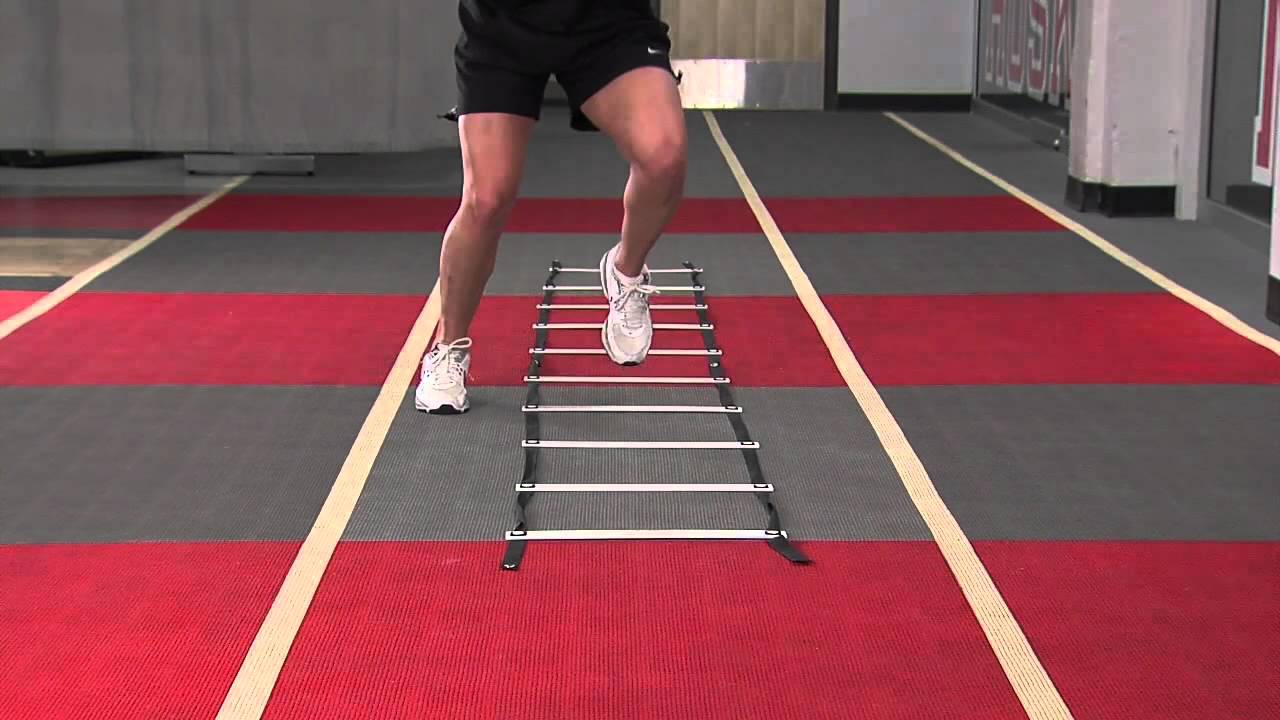
4. Ali Shuffle
- Stand facing the speed ladder with one foot inside each ladder square.
- Begin by crossing your right foot over your left foot and placing it outside the ladder to the right side.
- Quickly uncross your feet and bring your left foot into the first square.
- Cross your left foot over your right foot and place it outside the ladder to the left side.
- Continue this crisscross pattern, moving quickly through the ladder, until you reach the end.
- Reverse the direction and repeat the drill.
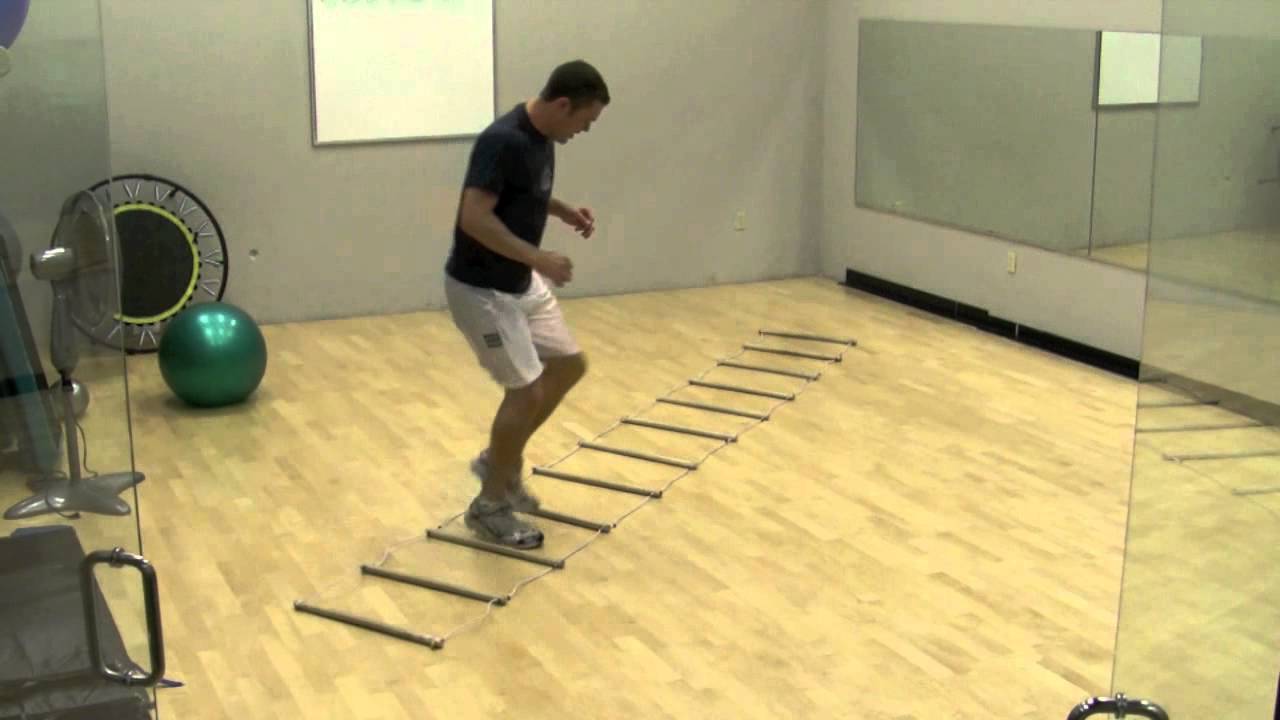
Reaction Drills for Agility Enhancement
Reaction drills help athletes improve their reflexes and quick decision-making abilities. Incorporate the following drills into your agility training routine:
1. Mirror Drill
- Pair up with a training partner.
- Stand facing each other, approximately 5-10 feet apart.
- One person will be the leader, and the other person will be the mirror.
- The leader performs various movements, such as jumping, shuffling, or side-stepping.
- The mirror must mimic the leader’s movements as quickly and accurately as possible.
- Switch roles and repeat the drill.

2. Reactive Shuttle Run
- Set up two cones approximately 10-15 feet apart.
- Start at one cone, facing the other cone.
- Have a training partner stand behind the second cone.
- The partner will randomly call out “left” or “right.”
- Upon hearing the command, quickly react and sprint in the corresponding direction.
- Return to the starting cone and repeat the drill.
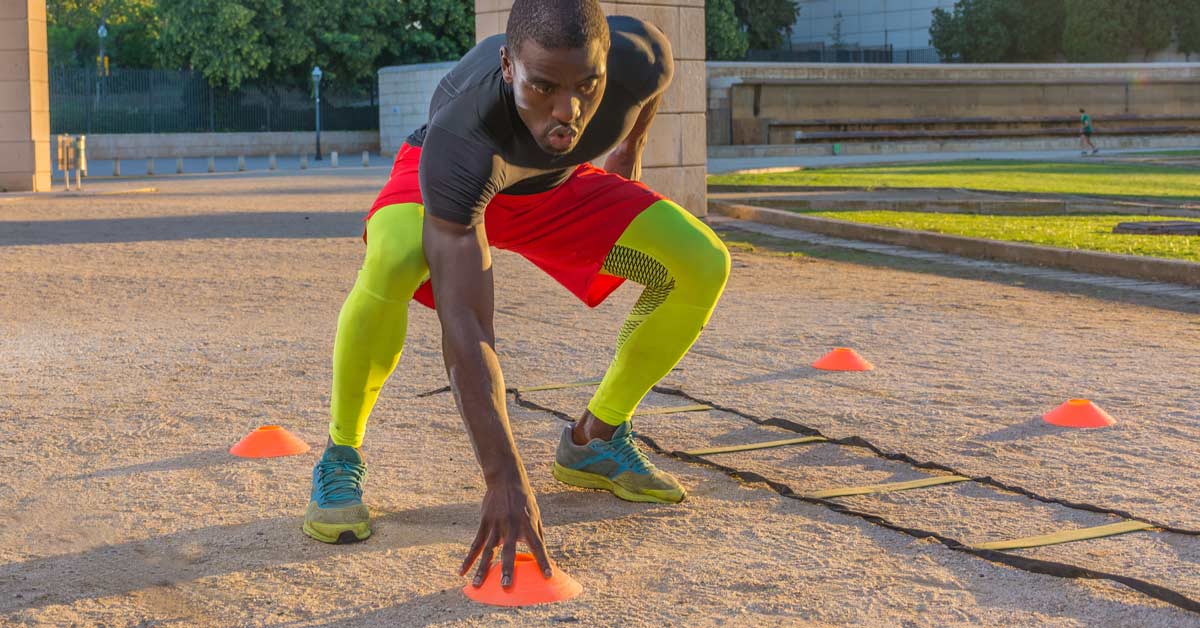
3. Ball Drop Drill
- Stand with your back facing a partner who holds a tennis ball or a small object.
- Your partner drops the ball, and as soon as you hear it hit the ground, quickly turn and locate the ball.
- React swiftly, sprint towards the ball, and pick it up.
- Repeat the drill with your partner dropping the ball from different directions and distances.

Agility Training Equipment
To effectively perform agility exercises, you may need certain equipment. Here are some common agility training tools:
Agility Ladder
An agility ladder consists of a series of flat rungs connected by straps. It is used to improve footwork and coordination.
Cones
Cones are versatile and inexpensive training tools used for marking specific spots, creating agility drill courses, or defining boundaries.
Hurdles
Hurdles come in various heights and are used to develop jumping ability, agility, and coordination.
Reaction Balls
Reaction balls are small, rubberized balls with uneven surfaces. They bounce erratically, requiring quick reactions and hand-eye coordination.
Incorporating Agility Training into Your Workout Routine
To maximize the benefits of agility training, it’s important to incorporate it into your regular workout routine. Here are a few tips to help you get started:
- Set aside dedicated time for agility training at least two to three times a week.
- Begin each session with a dynamic warm-up to prepare your body for the exercises.
- Focus on proper form and technique during agility drills to ensure maximum effectiveness.
- Gradually increase the intensity and difficulty of the exercises as your agility improves.
- Combine agility training with other components of fitness, such as strength and endurance training, for a well-rounded routine.
- Listen to your body and rest when needed to prevent overexertion and injury.
- Track your progress by recording your times, repetitions, or improvements in specific drills.
Herbal Performance Boosters for Agility Exercises
Herbal performance boosters have gained popularity among athletes and fitness enthusiasts as natural alternatives to enhance physical performance. When it comes to agility exercises, certain herbal supplements can potentially have a positive impact. Although scientific research in this specific area is limited, the following herbal performance boosters are known for their potential benefits:
1. Rhodiola Rosea
Rhodiola Rosea is an adaptogenic herb that has been traditionally used to improve physical performance and reduce fatigue. Studies suggest that Rhodiola Rosea may enhance mental alertness, focus, and endurance, which are crucial for agility exercises. By supporting cognitive function and reducing mental fatigue, it may indirectly improve agility performance.
2. Panax Ginseng
Panax Ginseng, also known as Korean Ginseng, has been widely used in traditional medicine for its potential energy-boosting effects. It may enhance physical stamina and reduce fatigue, which can be beneficial for agility exercises that require sustained effort. Ginseng’s adaptogenic properties may also support stress management and promote overall well-being, indirectly aiding agility training.
3. Cordyceps
Cordyceps is a type of mushroom that has been used in traditional Chinese medicine for centuries. It is believed to improve endurance, oxygen utilization, and overall athletic performance. By supporting cardiovascular health and enhancing oxygen uptake, Cordyceps may positively impact agility exercises that require quick bursts of energy.
4. Ashwagandha
Ashwagandha is an adaptogenic herb known for its potential to reduce stress and improve physical performance. Studies have shown that Ashwagandha may increase strength, power, and muscular endurance. These benefits can be advantageous for agility exercises that demand explosive movements and quick changes in direction.
5. Turmeric
Turmeric contains a compound called curcumin, which possesses anti-inflammatory and antioxidant properties. Regular consumption of turmeric or curcumin supplements may help reduce exercise-induced inflammation, support joint health, and aid in injury prevention. As agility exercises put stress on joints and muscles, turmeric’s anti-inflammatory effects can contribute to better agility performance and recovery.
It’s important to note that the effectiveness of herbal performance boosters can vary depending on individual factors and the specific formulation or dosage used. Furthermore, the quality and purity of herbal supplements can significantly impact their potential benefits.
Natural Training Methods
Natural training methods focus on utilizing the body’s innate abilities and natural movements to improve performance in agility exercises. These methods prioritize functional movements, body awareness, and overall athleticism. Here are some key aspects of natural training methods:
1. Bodyweight Exercises
Bodyweight exercises form the foundation of natural training methods. They involve using the body’s own weight to build strength, endurance, and agility. Examples include push-ups, squats, lunges, planks, and burpees. These exercises engage multiple muscle groups, enhance coordination, and improve overall body control.
2. Movement Patterns
Natural training methods emphasize movement patterns that mimic real-life activities and sports-specific motions. This approach focuses on training the body to move efficiently and effectively in different planes of motion. Common movement patterns include pushing, pulling, squatting, lunging, twisting, and bending. By practicing these patterns, athletes develop functional strength and agility that directly translates to sports performance.
3. Balance and Stability Training
Balance and stability are essential for agility exercises, as they enable athletes to maintain control during rapid movements and changes in direction. Natural training methods incorporate exercises that challenge balance and stability, such as single-leg exercises, balance boards, Bosu balls, and yoga-inspired movements. These exercises improve proprioception, core strength, and overall body stability.
4. Plyometric Training
Plyometric exercises involve explosive movements that utilize the stretch-shortening cycle of muscles. They improve power, speed, and reactive strength, all of which are crucial for agility exercises. Plyometric exercises include box jumps, squat jumps, lateral bounds, and depth jumps. These exercises enhance the body’s ability to generate force quickly and efficiently, allowing athletes to change direction rapidly.
5. Agility Drills
Natural training methods incorporate a variety of agility drills that simulate sport-specific movements and challenge the body’s ability to react quickly. These drills often involve cone or ladder drills, shuttle runs, zigzag movements, and reaction-based exercises. Agility drills improve footwork, coordination, reaction time, and spatial awareness.
6. Functional Training Equipment
Natural training methods utilize functional training equipment that mimics real-life movements and challenges the body’s stability. This includes suspension trainers (e.g., TRX), resistance bands, medicine balls, and kettlebells. Functional training equipment allows athletes to perform a wide range of exercises that engage multiple muscle groups and enhance overall athleticism.
7. Mind-Body Connection
Natural training methods emphasize developing a strong mind-body connection. This involves being present and focused during training, paying attention to movement quality and technique, and listening to the body’s signals. Developing this connection enhances body awareness, improves motor skills, and allows athletes to perform movements with precision and control.
Conclusion
Agility training is a valuable component of athletic performance enhancement. By incorporating simple agility exercises into your training routine, you can develop speed, coordination, reflexes, and overall agility. Remember to warm up properly, choose exercises that suit your sport or activity, and gradually progress to more challenging drills. With consistent practice and dedication, you can unlock your full athletic potential and excel in your chosen field.
FAQs – Simple Agility Exercises for Natural Performance
Can agility training benefit non-athletes?
Yes, agility training is not limited to athletes. It can benefit individuals of all fitness levels who want to improve their coordination, balance, and overall physical performance.
How long should an agility training session last?
The duration of an agility training session can vary depending on your fitness level and goals. Aim for at least 20-30 minutes of focused agility exercises, excluding warm-up and cool-down periods.
Can agility training help prevent sports injuries?
Yes, agility training can help reduce the risk of sports injuries by improving muscular strength, flexibility, and joint stability. It enhances body control and prepares the body for sudden changes in movement.
Is it necessary to have agility training equipment?
While agility training equipment can enhance your workouts, many agility exercises can be performed without any specialized equipment. Cones, hurdles, and agility ladders are useful tools but not mandatory for agility training.
Can agility training improve cognitive function?
Yes, agility training can have cognitive benefits as it requires quick decision-making, coordination, and mental focus. It can help enhance reaction time, concentration, and spatial awareness.


